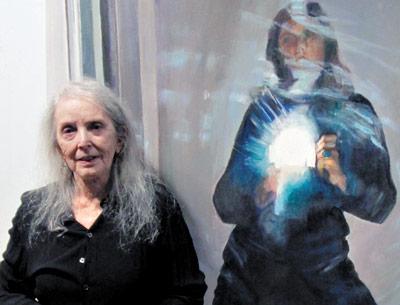Bluegrass at Talkhouse
Bluegrass at Talkhouse
Free Grass Union, a bluegrass and folk-inspired band, will bring its unique musical stylings to the Stephen Talkhouse in Amagansett on Saturday night at 8.
The band features Gregory Butler, who may be familiar as a teacher to those with children in the East Hampton school system, on vocals and mandolin. He is joined by Kim Humphrey, who plays guitar and sings, and Mitch Erdman, who plays upright bass.
The band was formed in 1999 and has since played at numerous fairs and festivals as well as bar and concert stages. Tickets cost $10 at the door.


